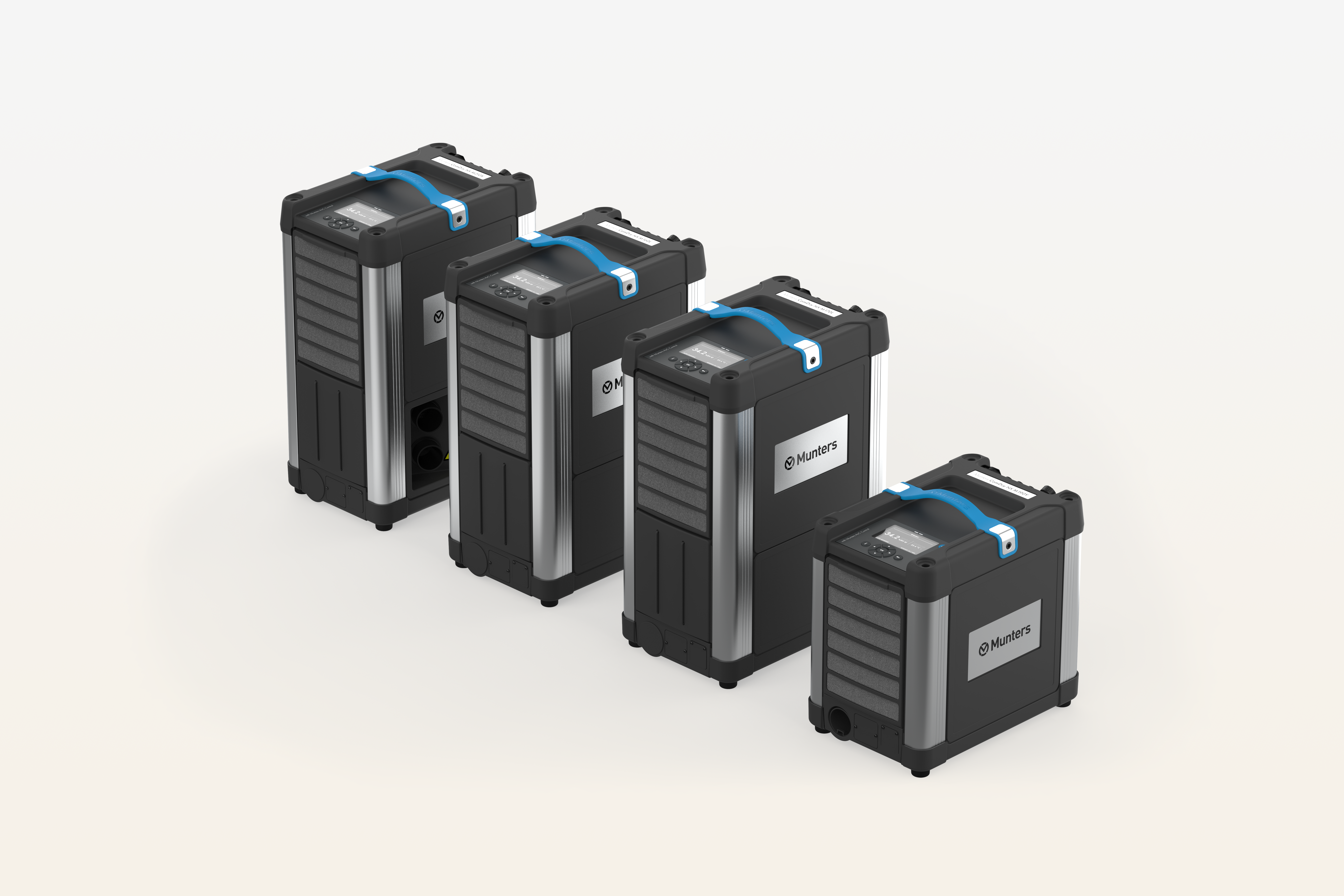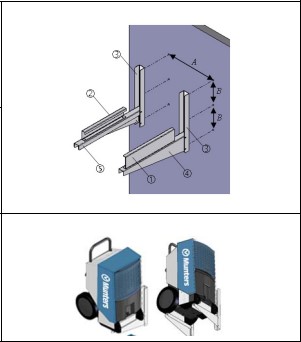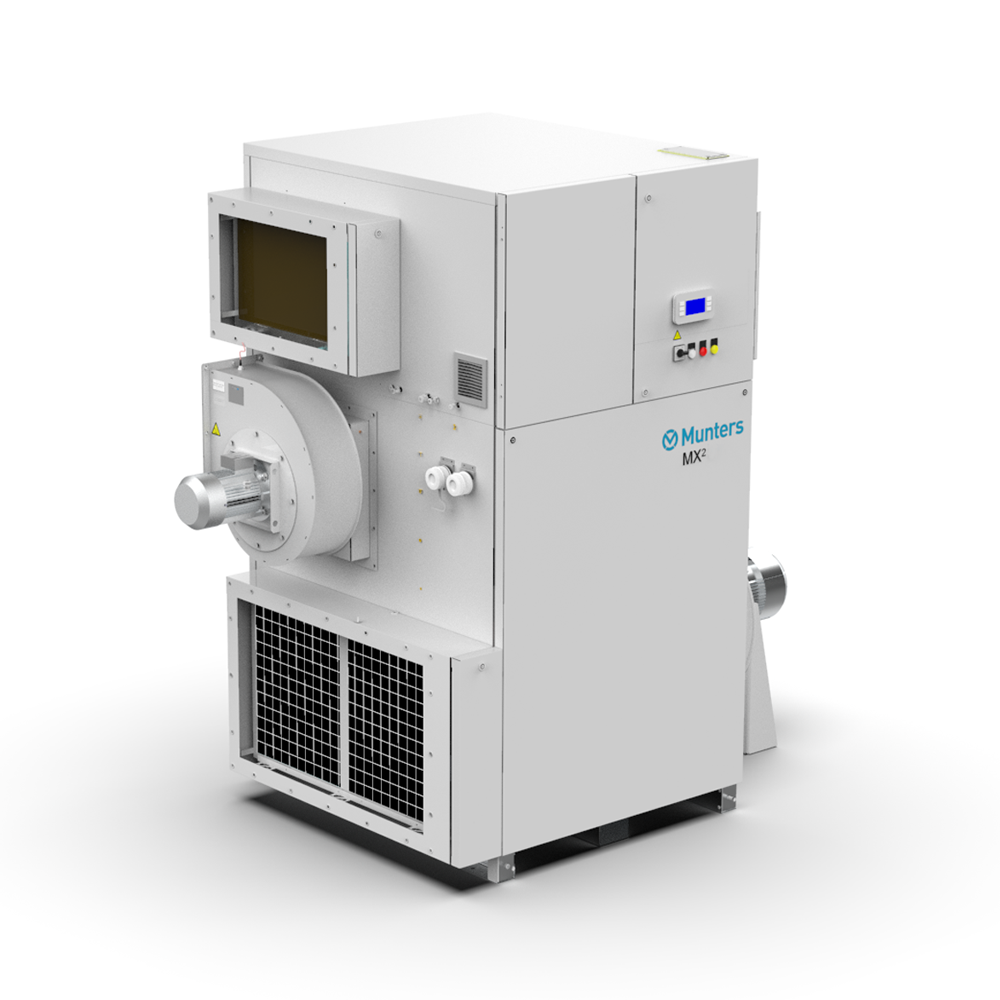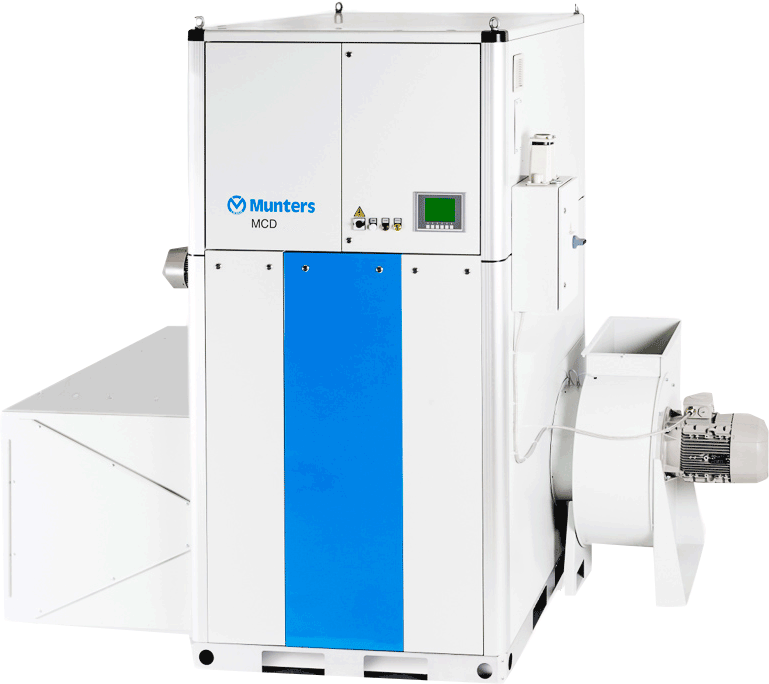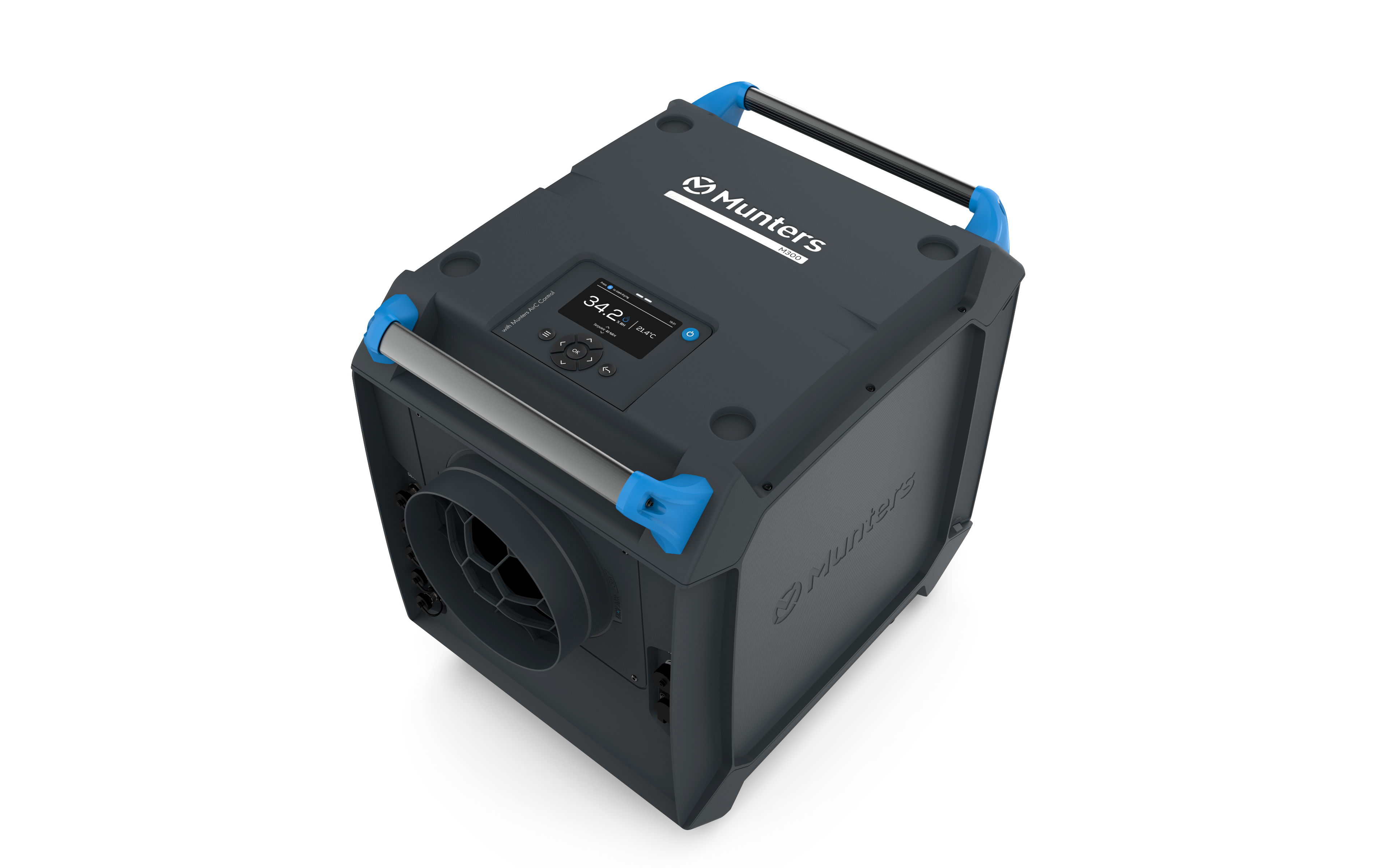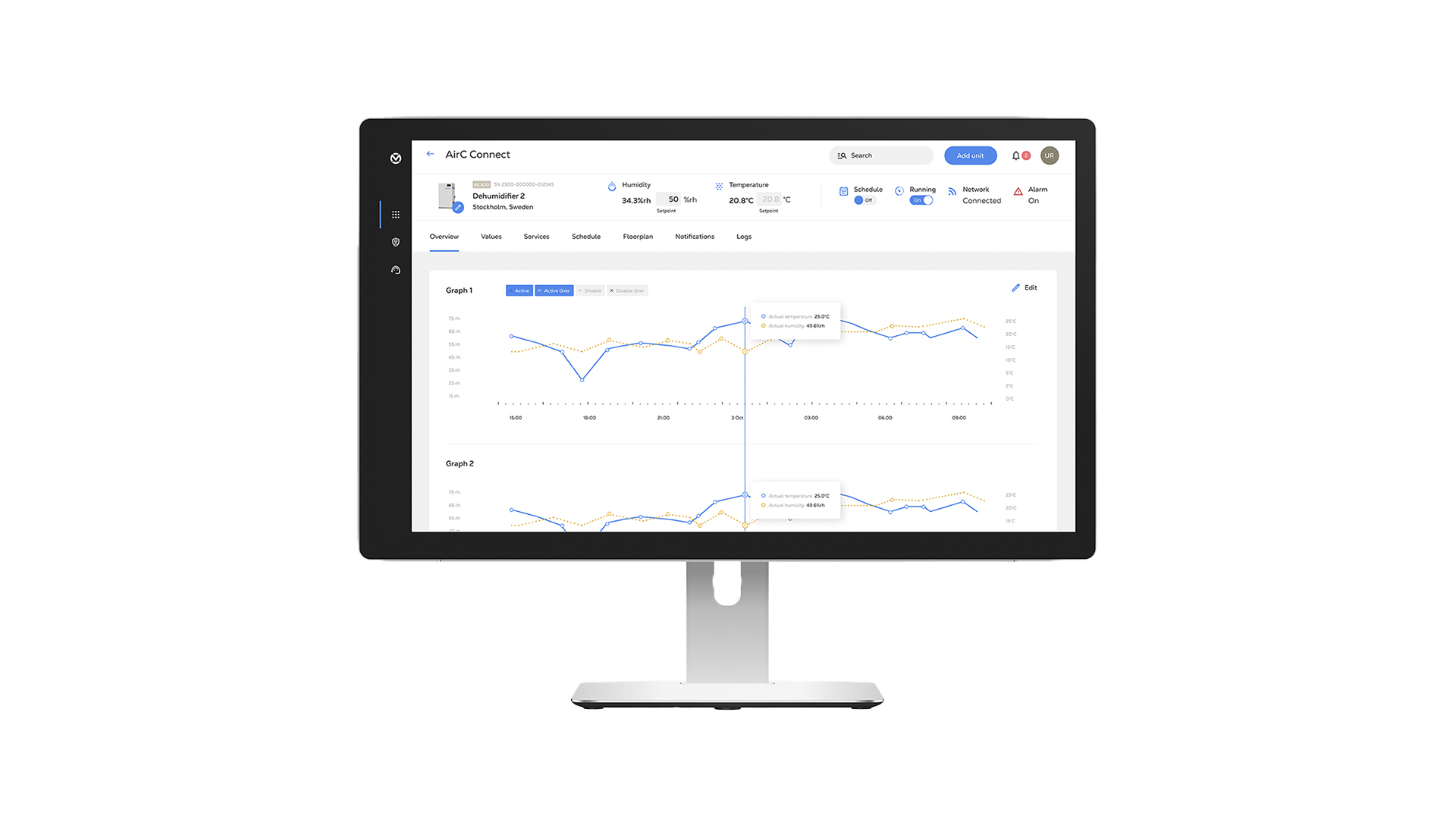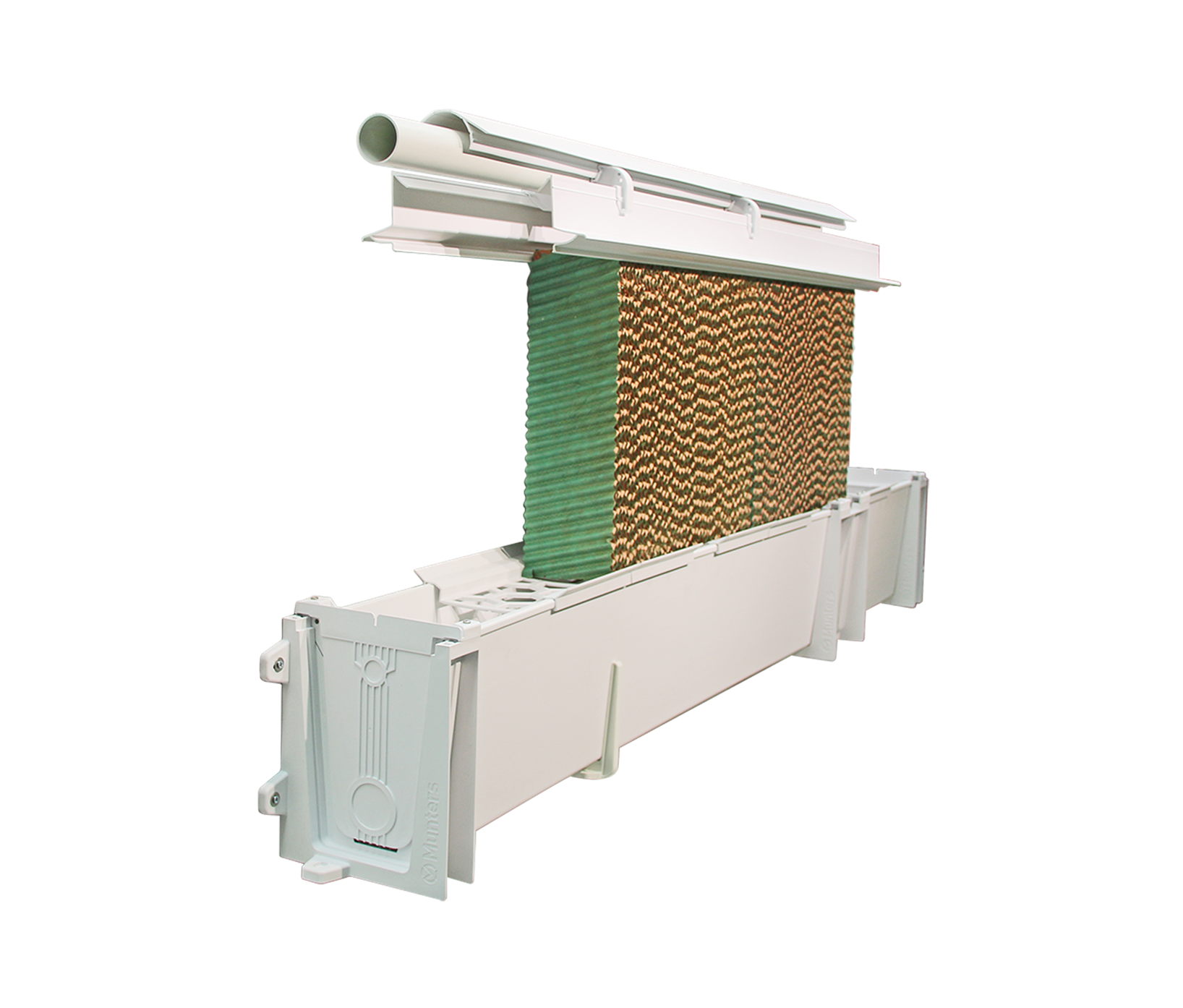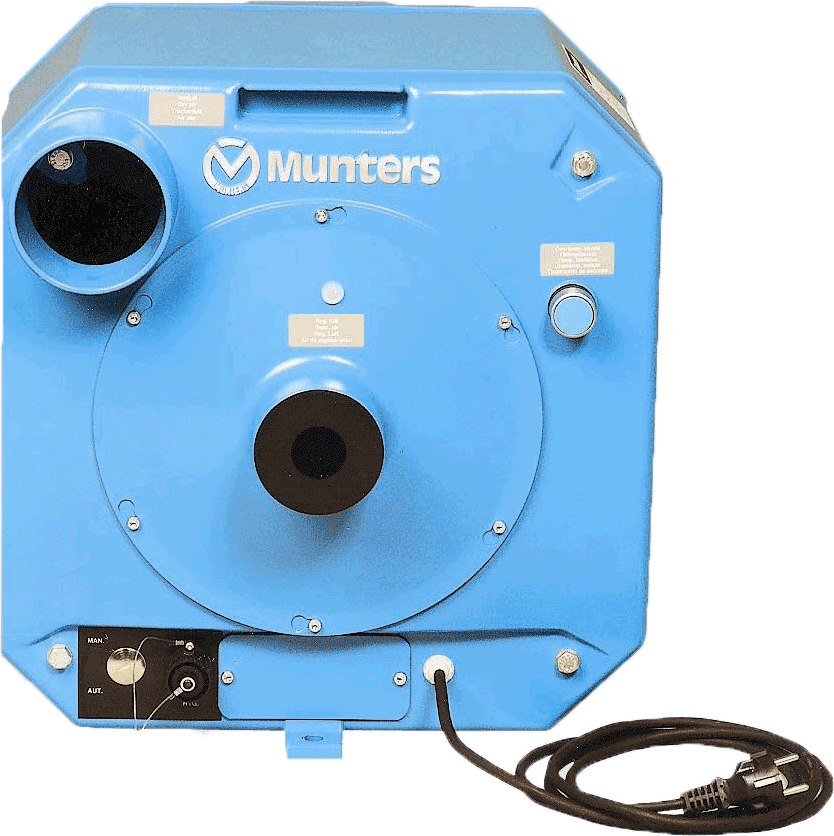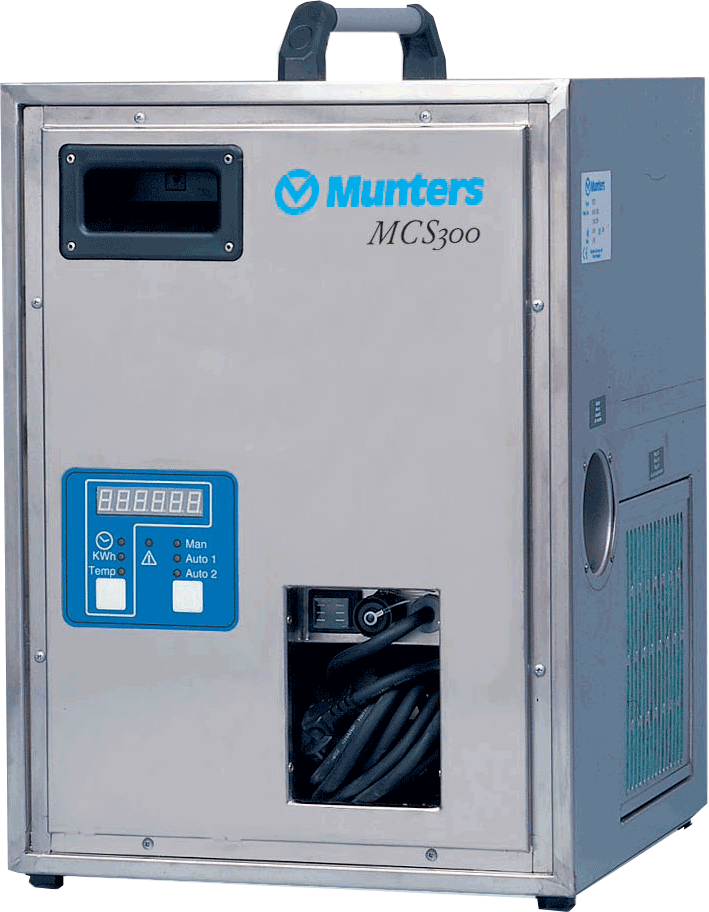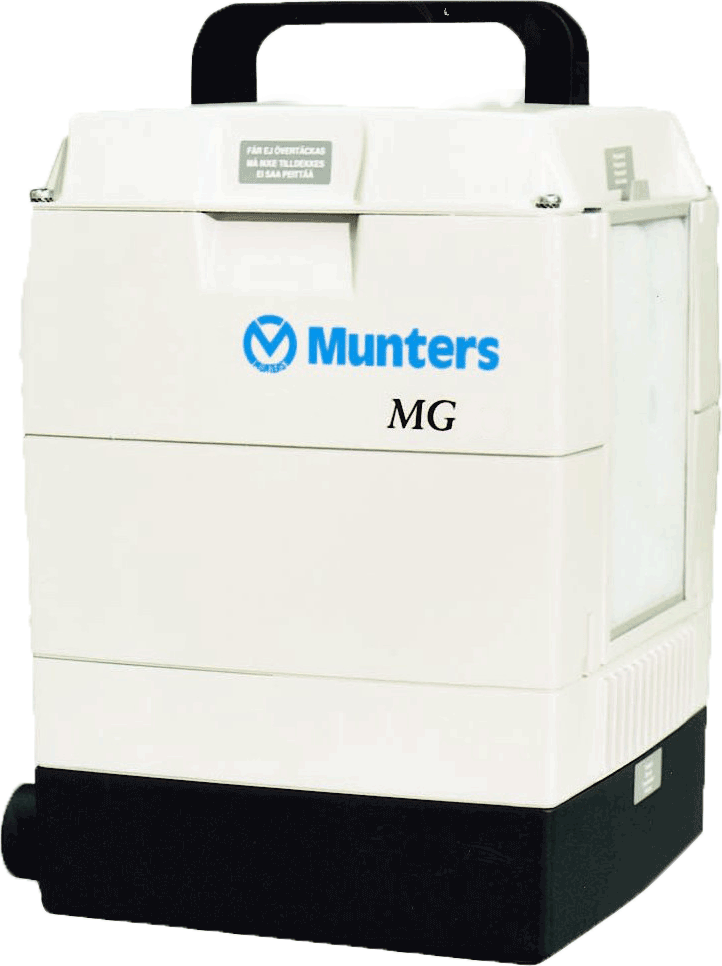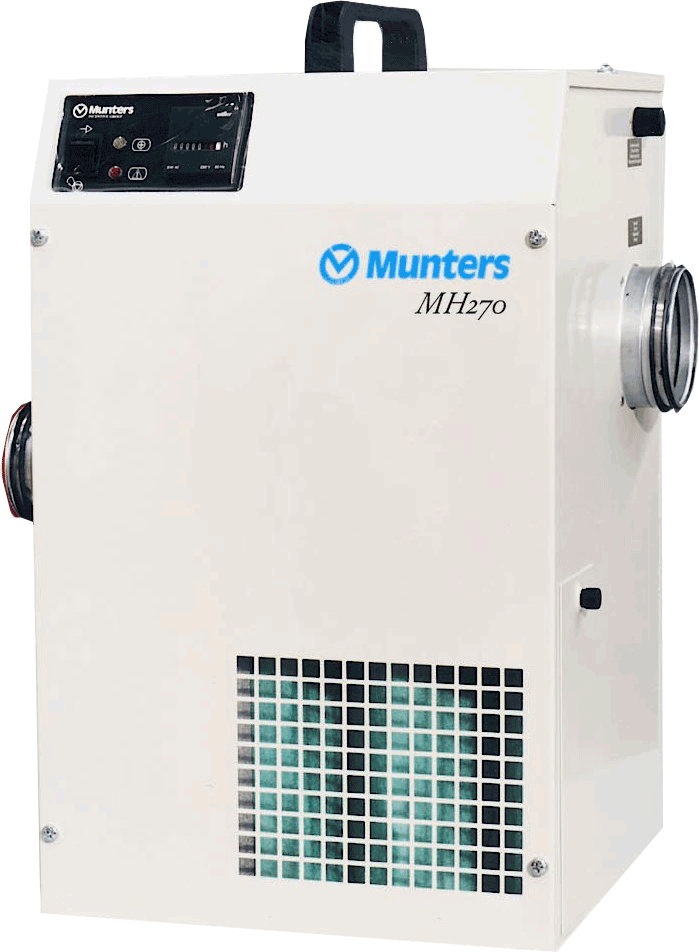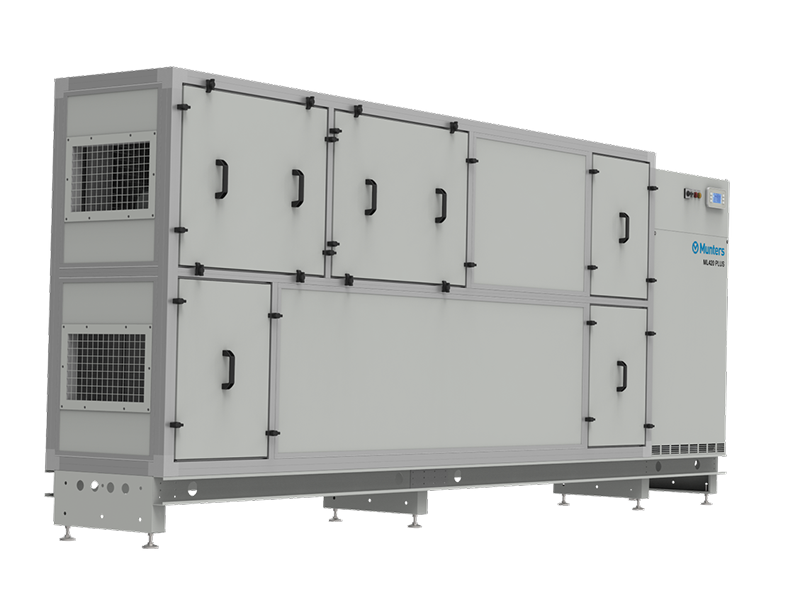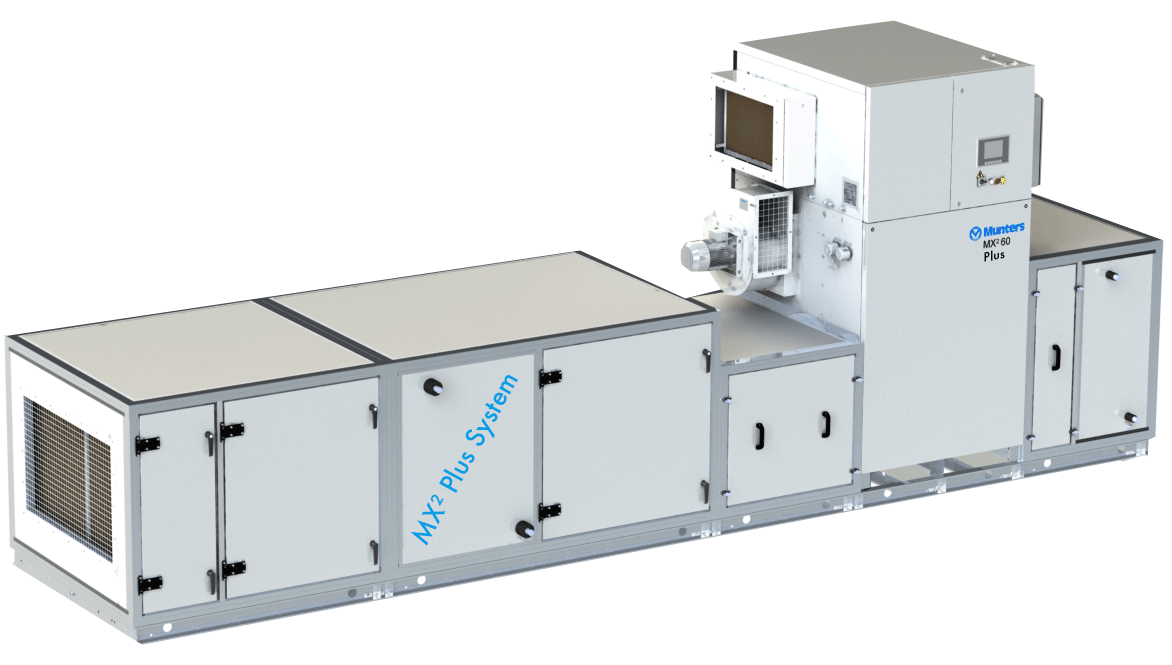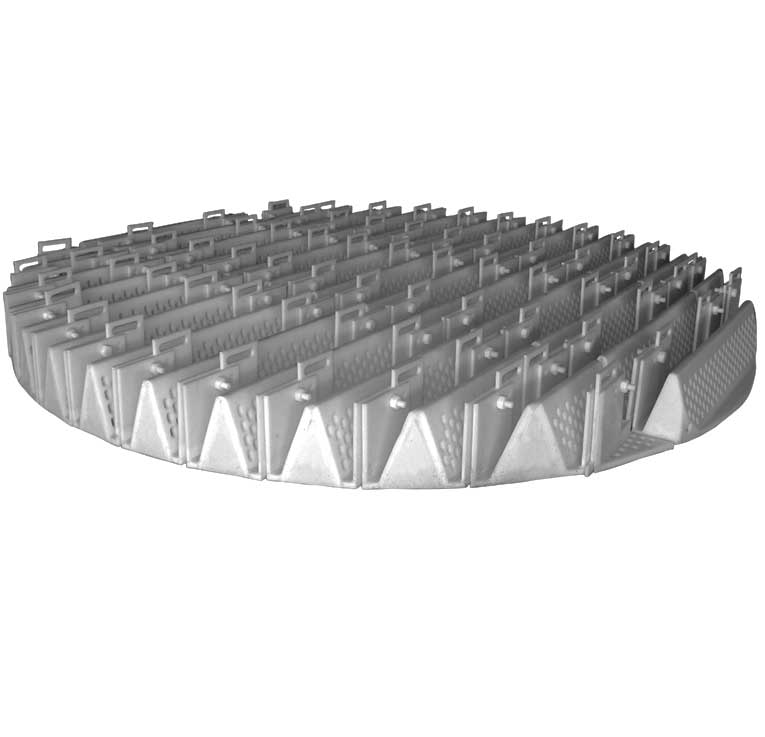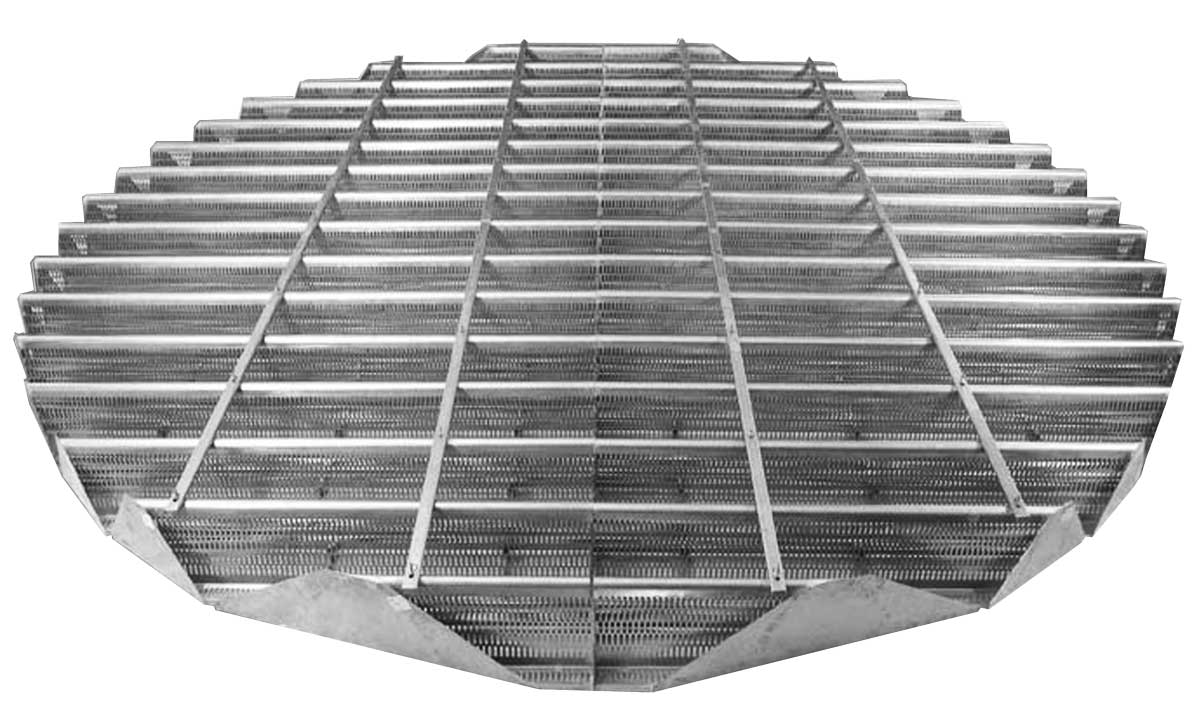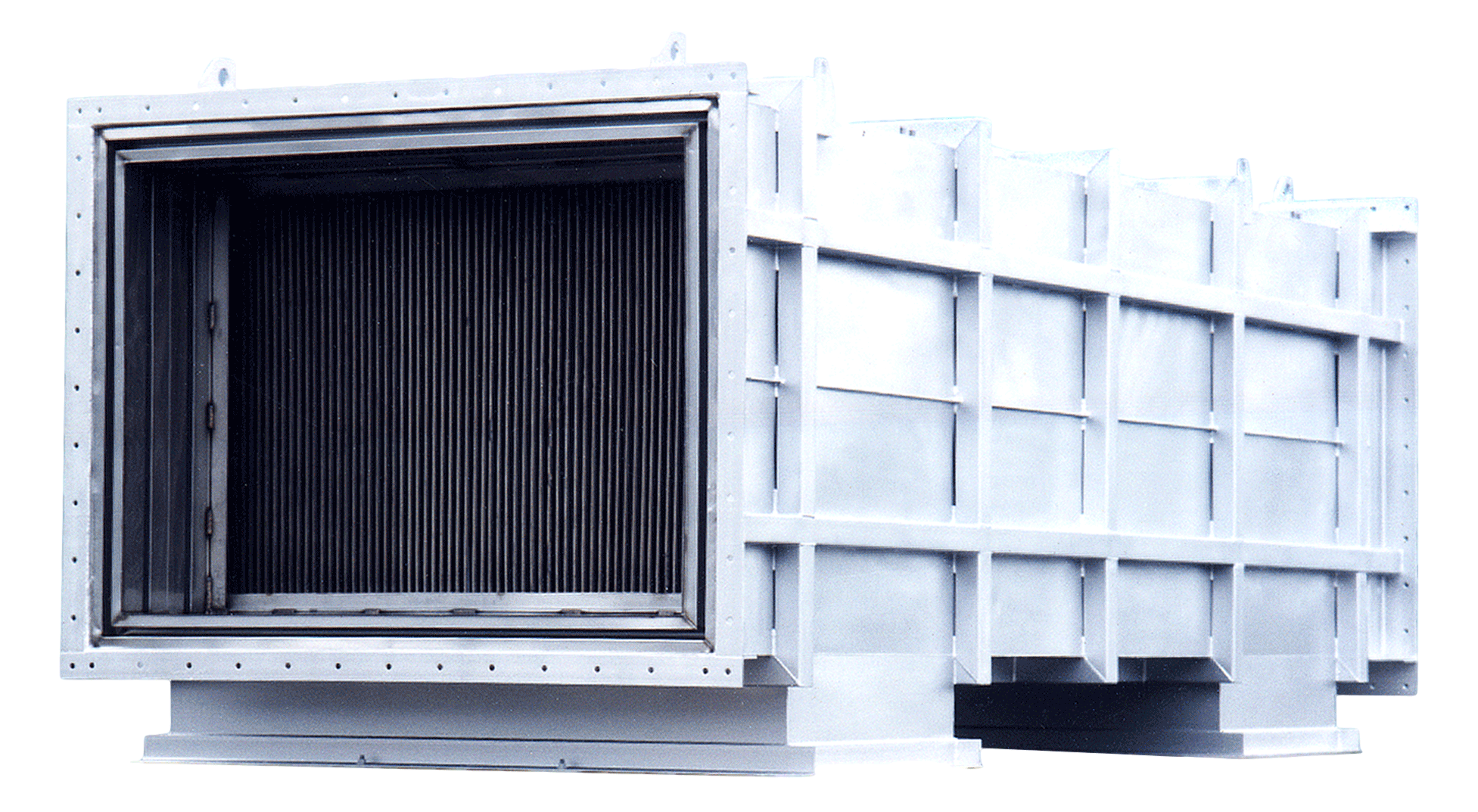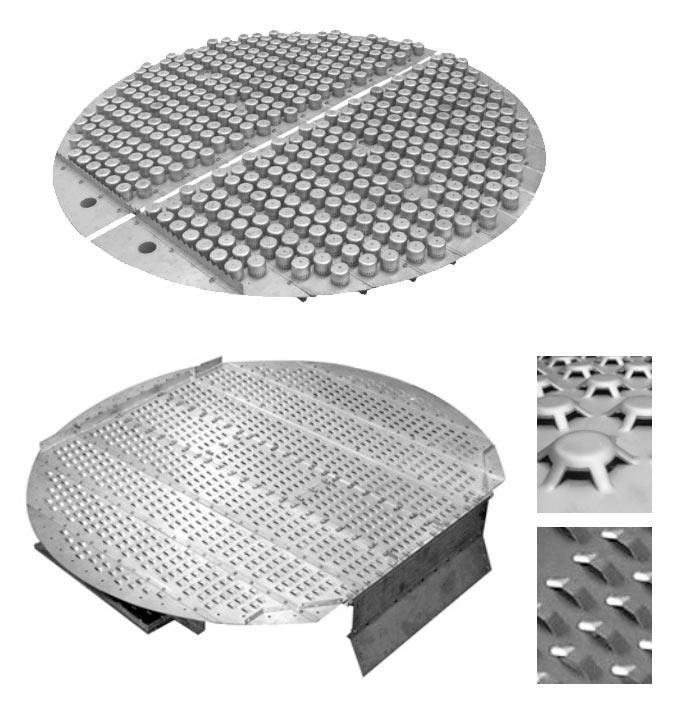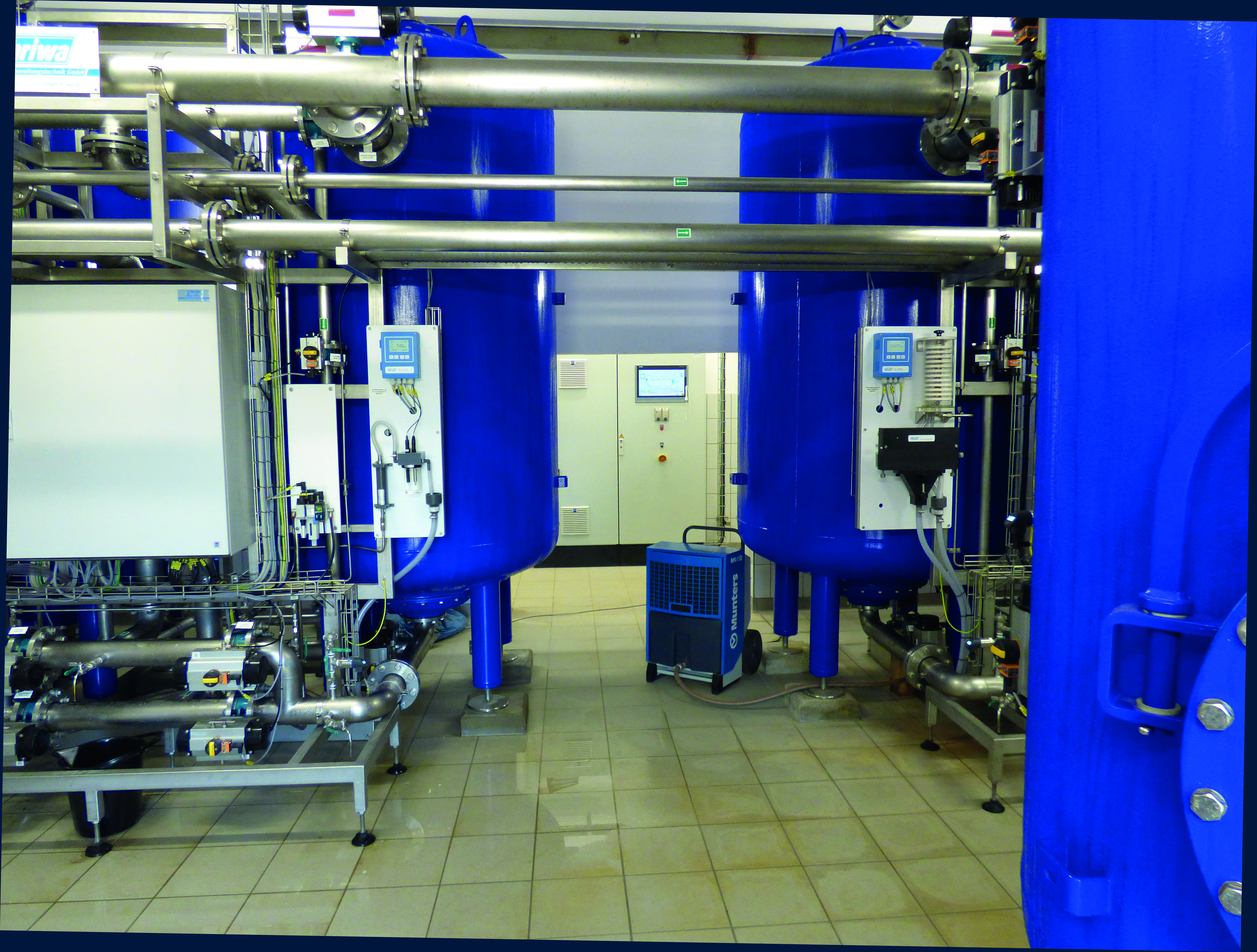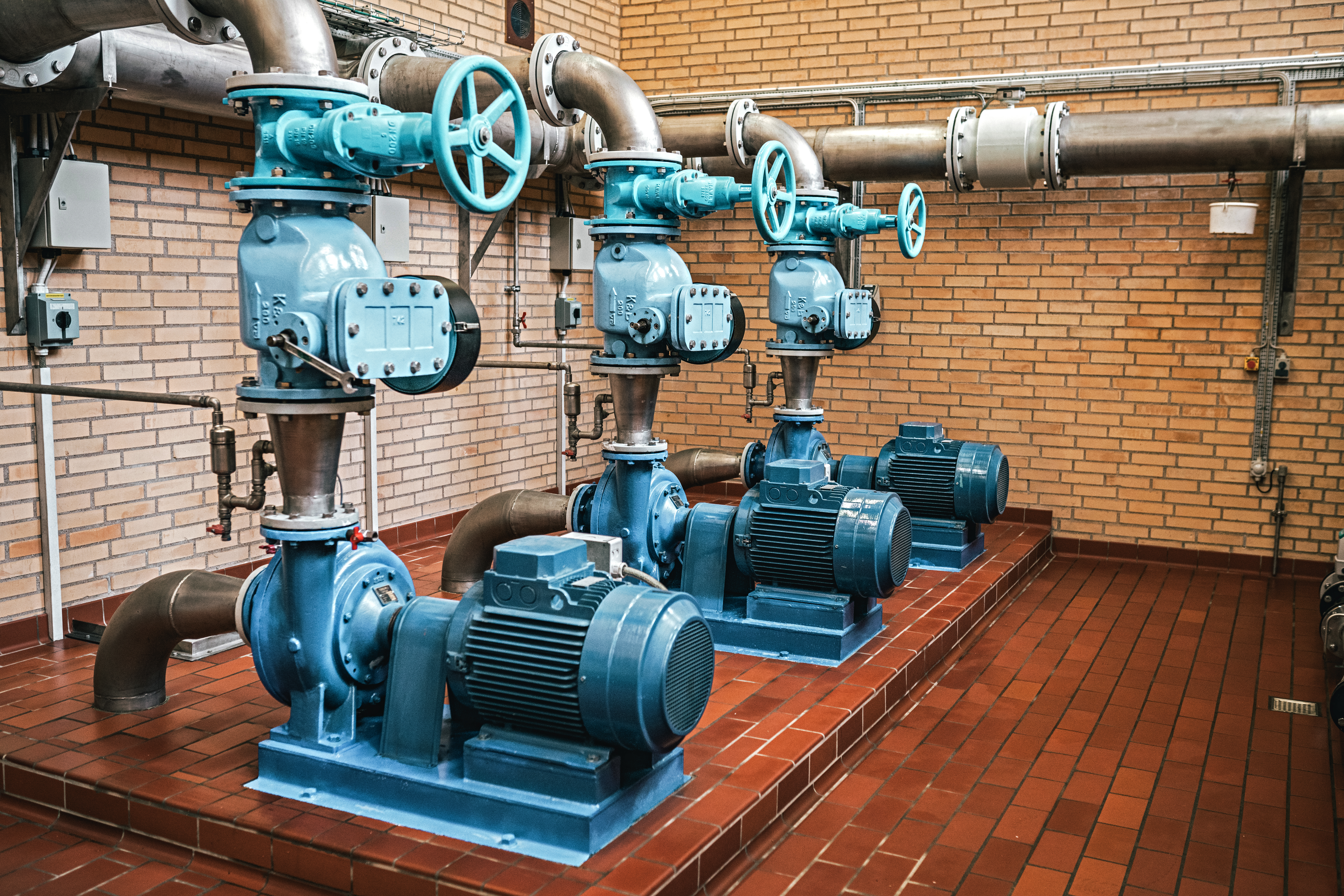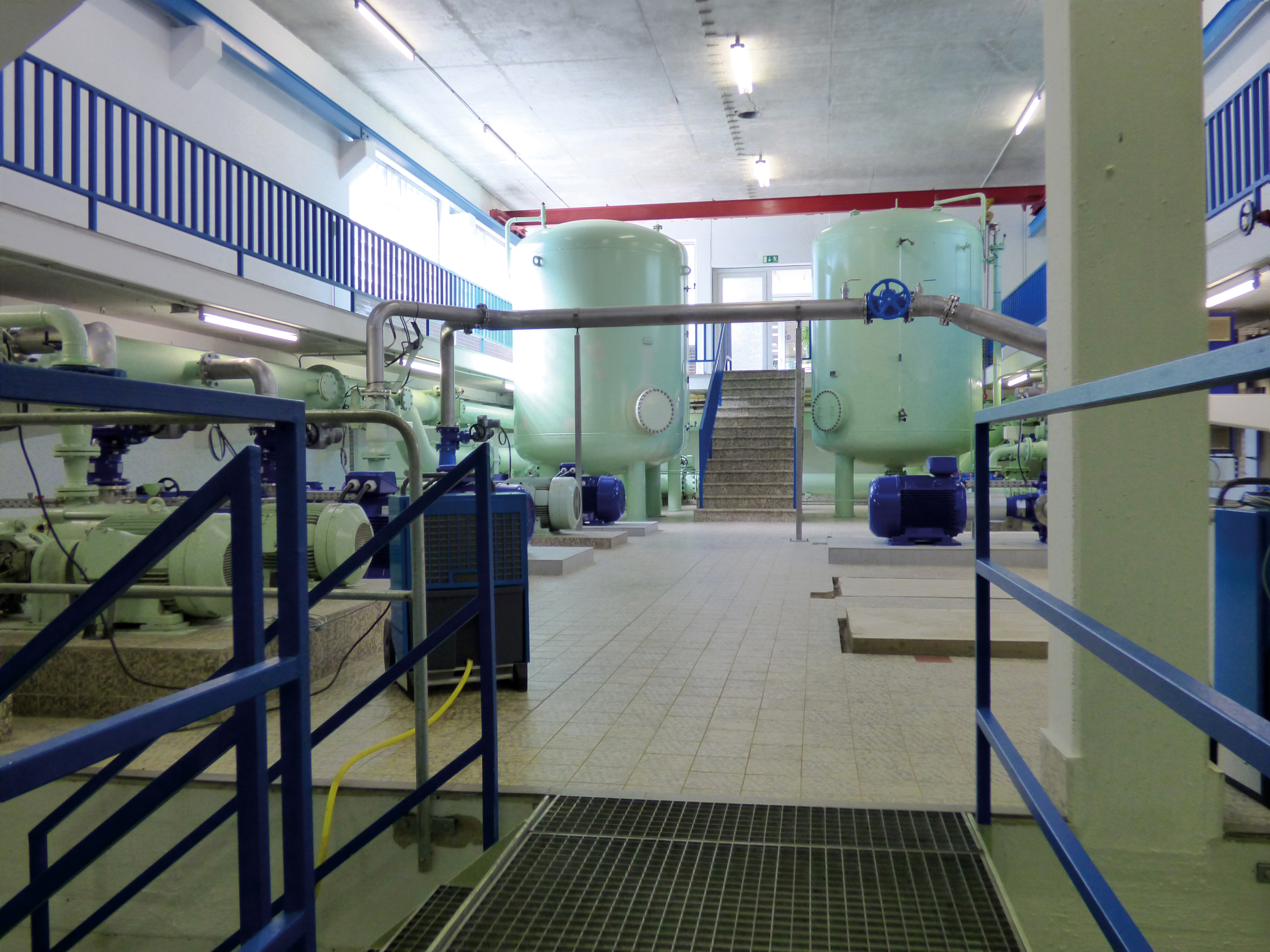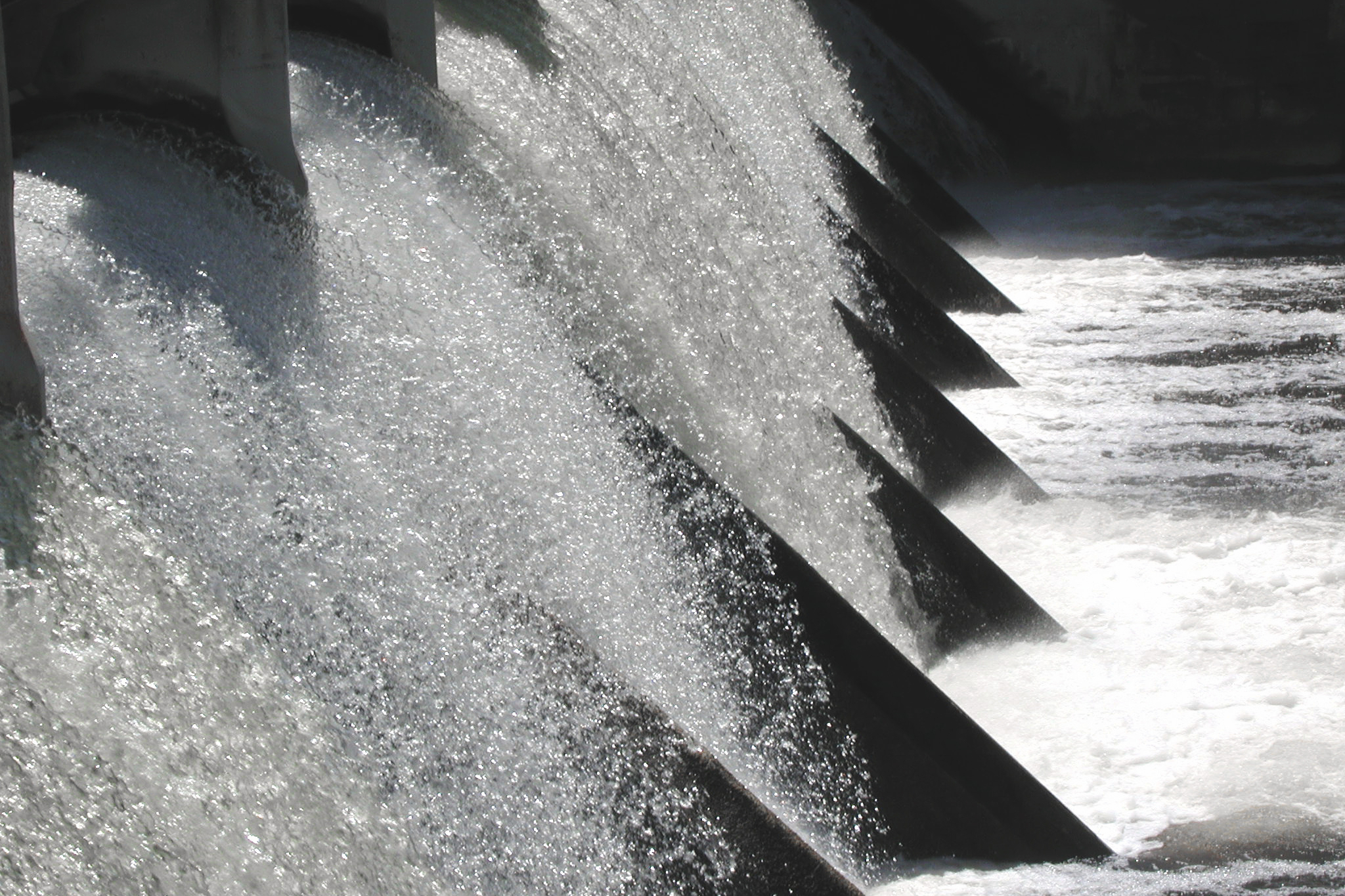Protecting pipes and operations in waterworks and sewage plants
Water and wastewater treatment facilities are the backbone of community infrastructure. From large regional plants to small remote pump stations, these sites face a constant battle against humidity. During the warmer, more humid periods of the year, many facilities experience unplanned production stops caused by excessive humidity.
The problem lies in unavoidable temperature differences. When warmer moist air meets cold surfaces on pipes, valves, and storage tanks, condensation forms.This condensation corrodes metal, damages electrical systems, encourages mold growth, and disrupts operations.
With an effective dehumidification solution, you avoid costly unplanned process stops, electrical malfunctions, and unhealthy working conditions.
Without effective dehumidification, you risk:
- Corrosion on water pipes, tanks, valves and structural steel
- Electronics malfunctioning and short circuits due to moisture
- Mold and bacteria, resulting in odors and unpleasant working conditions
- Unplanned downtime
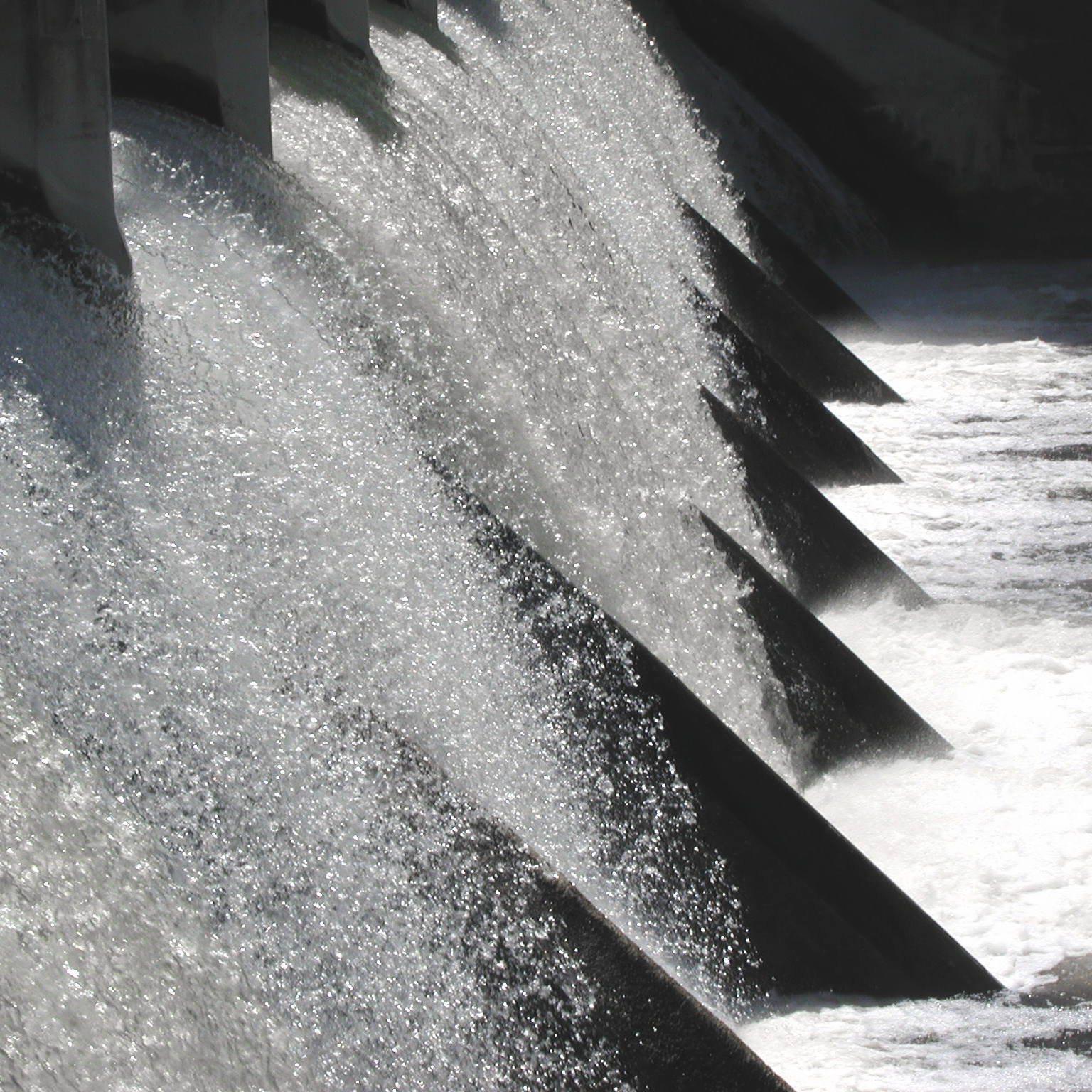
“We have a completely different climate in our buildings, much fresher and corrosion has stopped. Also, our alarm devices are no longer affected by the moisture. The investment has paid for itself in less than a year. We are very satisfied!”
Lars Lövgren, Water's engineer
MittSverige

How humidity impacts water and wastewater facilities
Water in piping is usually colder than the ambient air, making water treatment plants susceptible to condensation. Seasonal changes can amplify the problem, especially during warmer periods of the year. This year-round exposure means that facilities should always have a humidity control strategy.
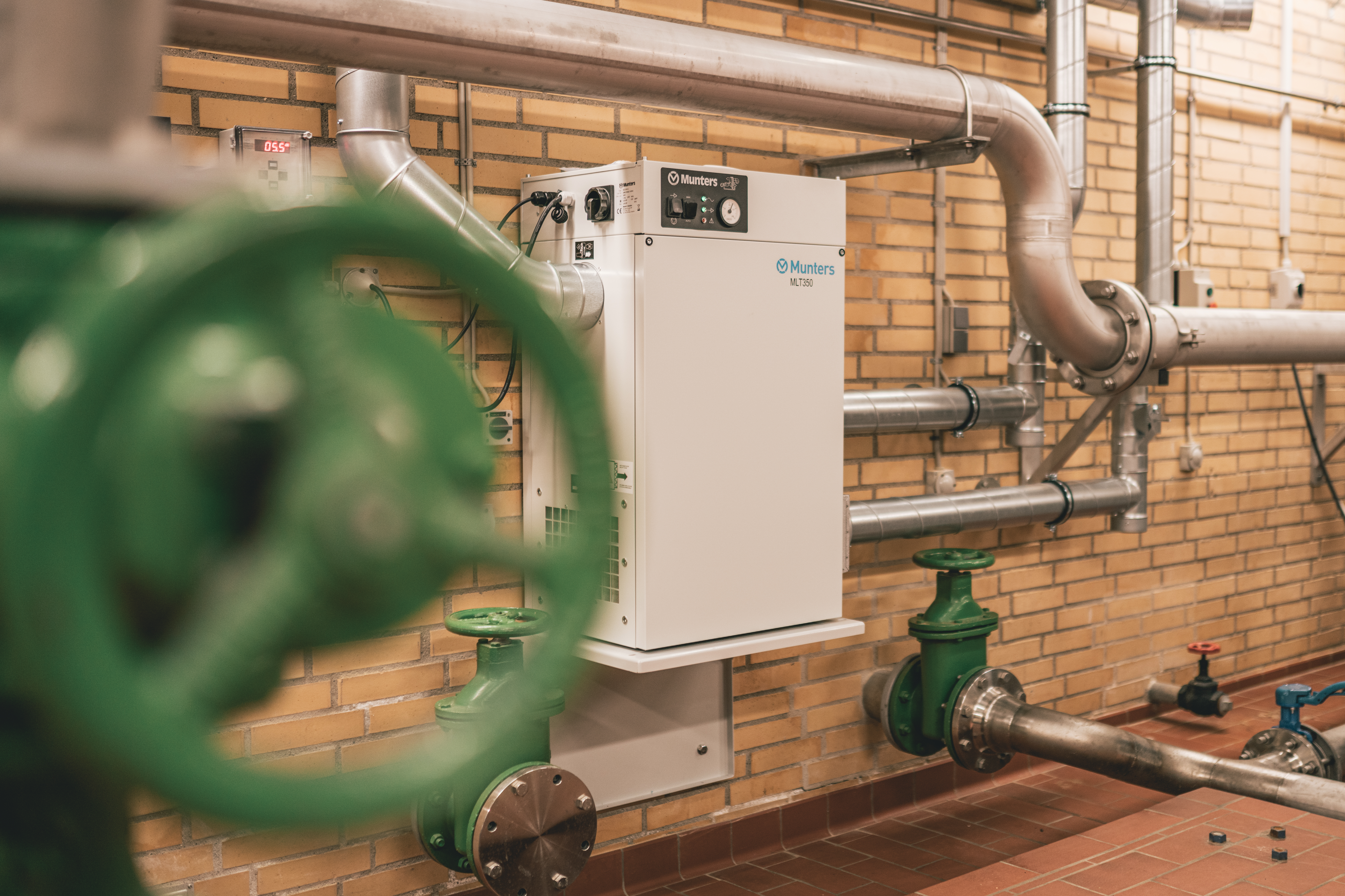
Benefits of industrial dehumidifiers in water treatment facilities
Effective humidity control is essential for any water treatment or sewage plants to keep operations running smoothly, avoid electrical malfunctions, costly unplanned downtime, and to maintainsafe working conditions.
Munters’ energy-efficient dehumidifiers feature rugged construction suited to harsh environments, are designed to prevent corrosion, deliver precise humidity control, and minimize required maintenance. All systems feature real-time monitoring of humidity and temperature, providing floating dew point control at maximum energy efficiency.
For added peace of mind, Munters’ dehumidifiers can be equipped with Munters AirC Connect for remote control. This cloud-based solution makes it possible to monitor, adjust settings and get alarm notifications on your mobile phone or desktop computer.
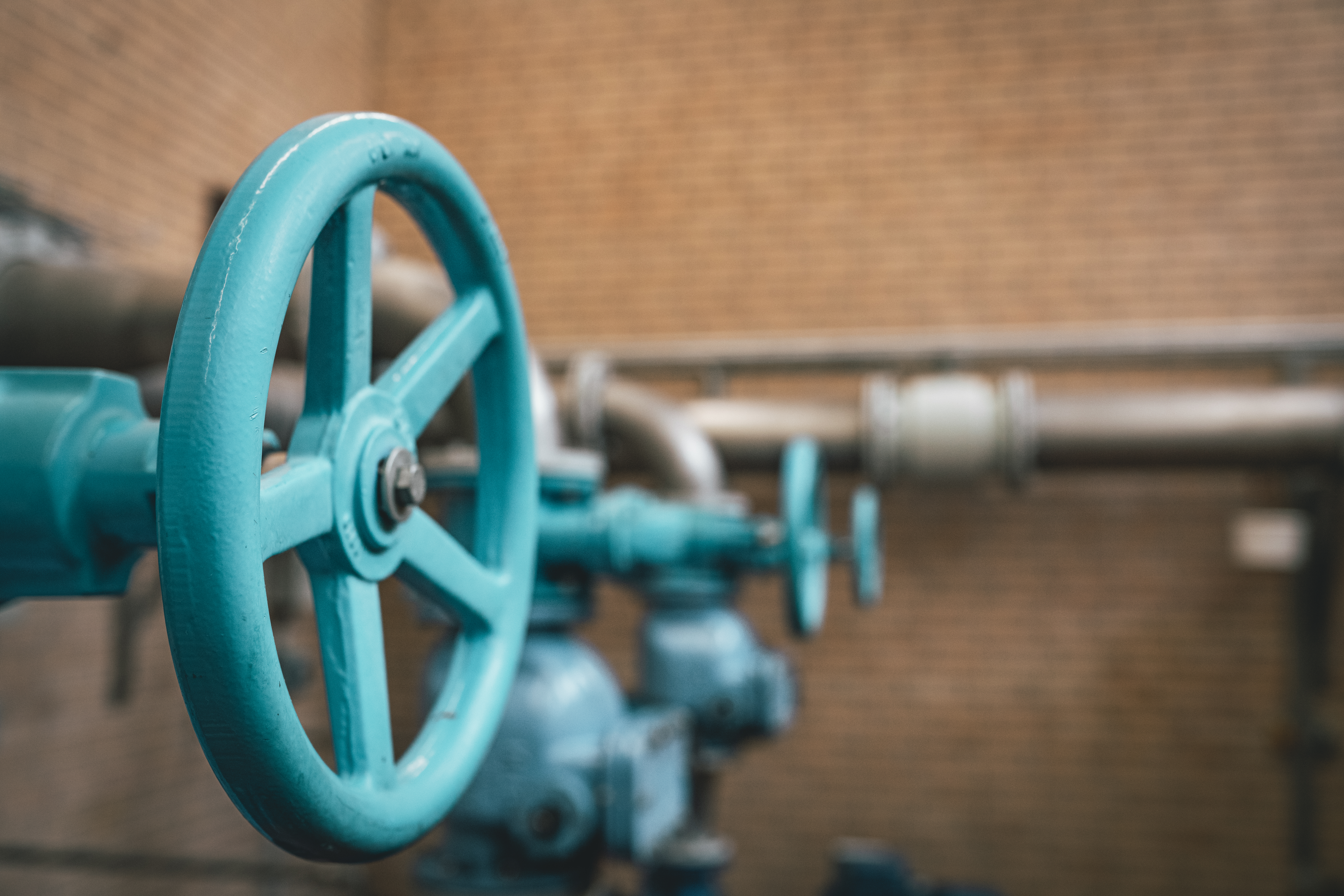
Why dehumidification outperforms heating alone
Heating air to lower relative humidity doesn’t lower the dew point, which is the point at which air becomes saturated with water vapor. The absolute humidity - the actual water content - remains unchanged. Once the temperature drops, the relative humidity rises again, and condensation returns.
Dehumidification on the other hand, will eliminate the source of the problem:
- Moisture removal at the source instead of masking the problem
- Dew point control to stop condensation on cold surfaces
- Energy efficient, compared to heating and other methods
- Stable relative humidity at optimal levels year round, both in warm and cool climates
Munters dehumidifiers for water treatment and wastewater plants
The compact yet powerful Munters M300 is a versatile dehumidifier designed for continuous operation in demanding environments. It’s well-suited for water treatment plants and pump stations where space may be limited but an optimal, stable humidity level is critical. The M300 integrates easily into existing facilities and delivers reliable, energy-efficient performance year-round—even at low temperatures.
- Compact footprint - suitable for smaller equipment rooms or service areas.
- Easy installation, plug-and-play.
- Rugged construction – built to withstand corrosive, high-humidity conditions.
- Energy-efficient operation through optimized energy use.
- AirC Connect options – remote monitoring and control for maximum reliability.
The Munters ComDry NX combines portability with high capacity, making it the ideal choice for spot treatment and flexible deployment in water and wastewater facilities. This model is easy to move between locations and requires minimal installation time, making it perfect for both emergency situations, planned maintenance work, and continuous operation.
- Portable design – move the unit wherever it’s needed most.
- High dehumidification capacity, despite its compact footprint.
- Easy installation, operation, and maintenance.
- Optimized for low energy consumption, even in continuous use.
- Especially suited for pump stations – delivers immediate impact against condensation and mold risk.
Products for pump stations, water and wastewater treatment plants
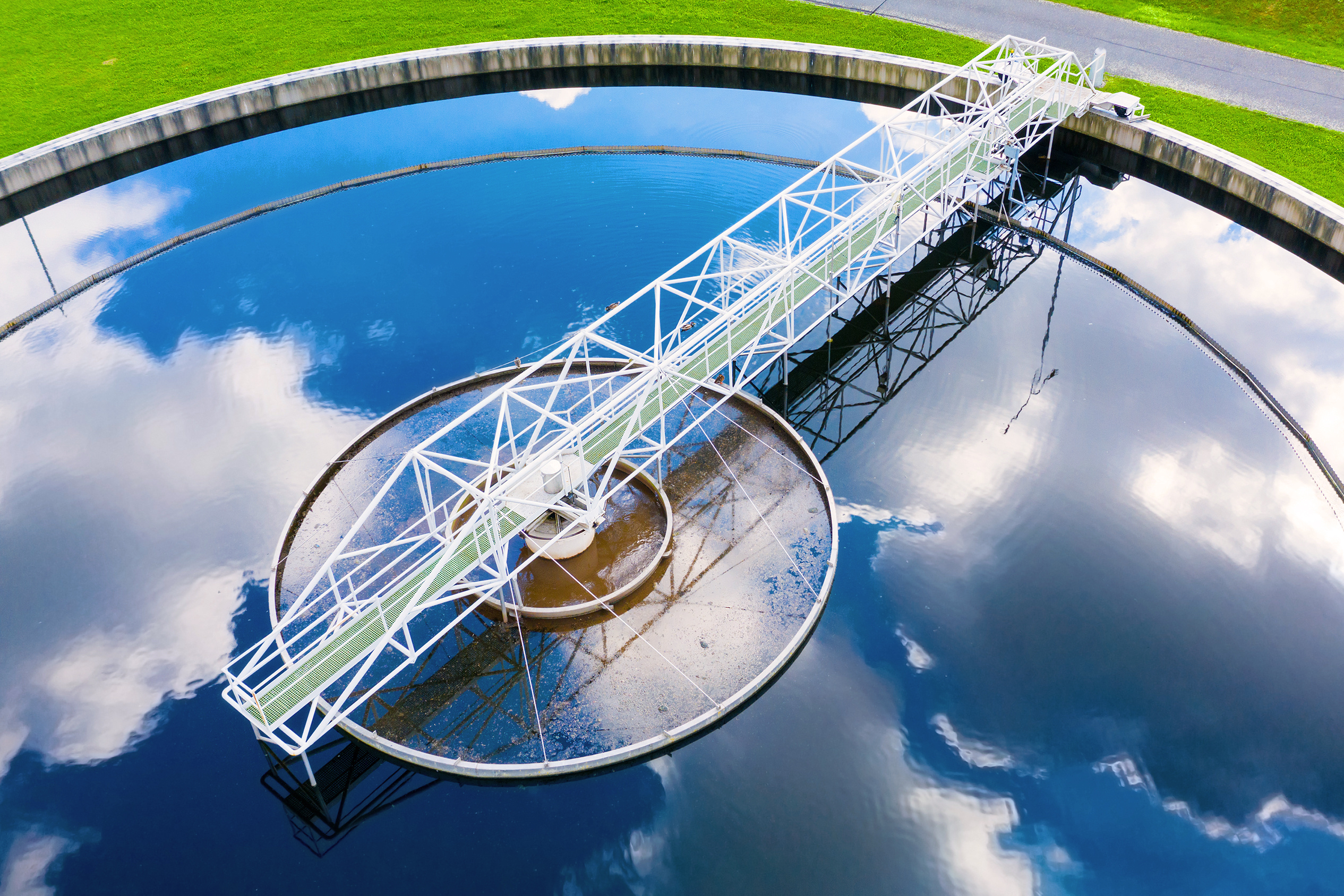
Munters Wastewater treatment technology for clean air
In addition to moisture control, Munters offers advanced solutions for controlling harmful air pollutants in wastewater treatment processes. Our air pollution control systems improve operational efficiency, ensure long-lasting performance, and help you meet environmental goals. By combining clean air management with precise humidity control, you can enhance plant performance, reduce environmental impact, and protect both infrastructure and employee health.
Munters Service to avoid unplanned downtime
Humidity control is an ongoing challenge in waterworks environments. Unplanned process downtime can be very costly and challenging to manage if the facilities are remote. Ensuring that your desiccant dehumidifier is operating at its peak is critical to keeping your facility operating smoothly.
Munters equipment is backed by our world-leading service team. They are directly employed by Munters, with decades of experience in maintaining our climate control systems. With a Munters Service Agreement you can extend your dehumidification system's life, increase energy efficiency, and minimize downtime.
We provide installation and commissioning support, proactive maintenance, spare parts supply, and system upgrades. With a Munters Service Agreement you’ll ensure optimal performance year after year.


